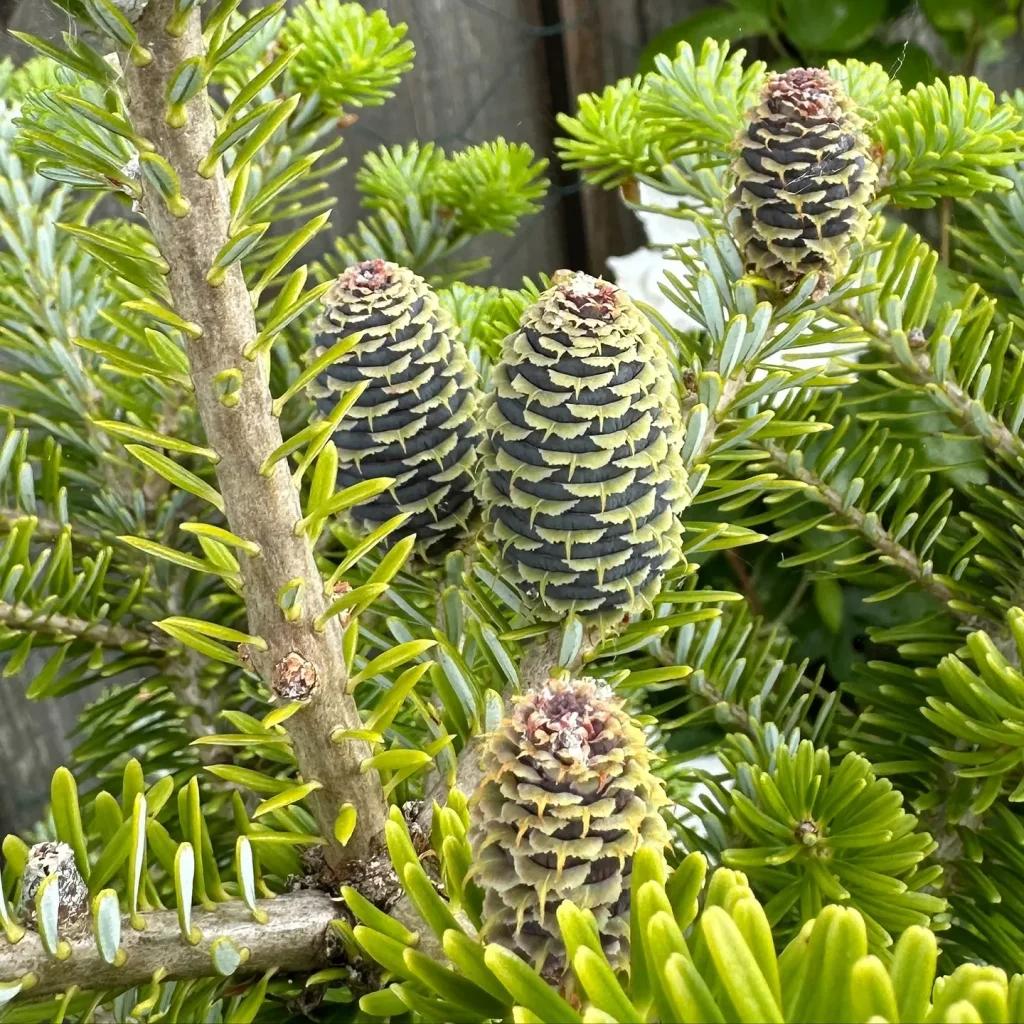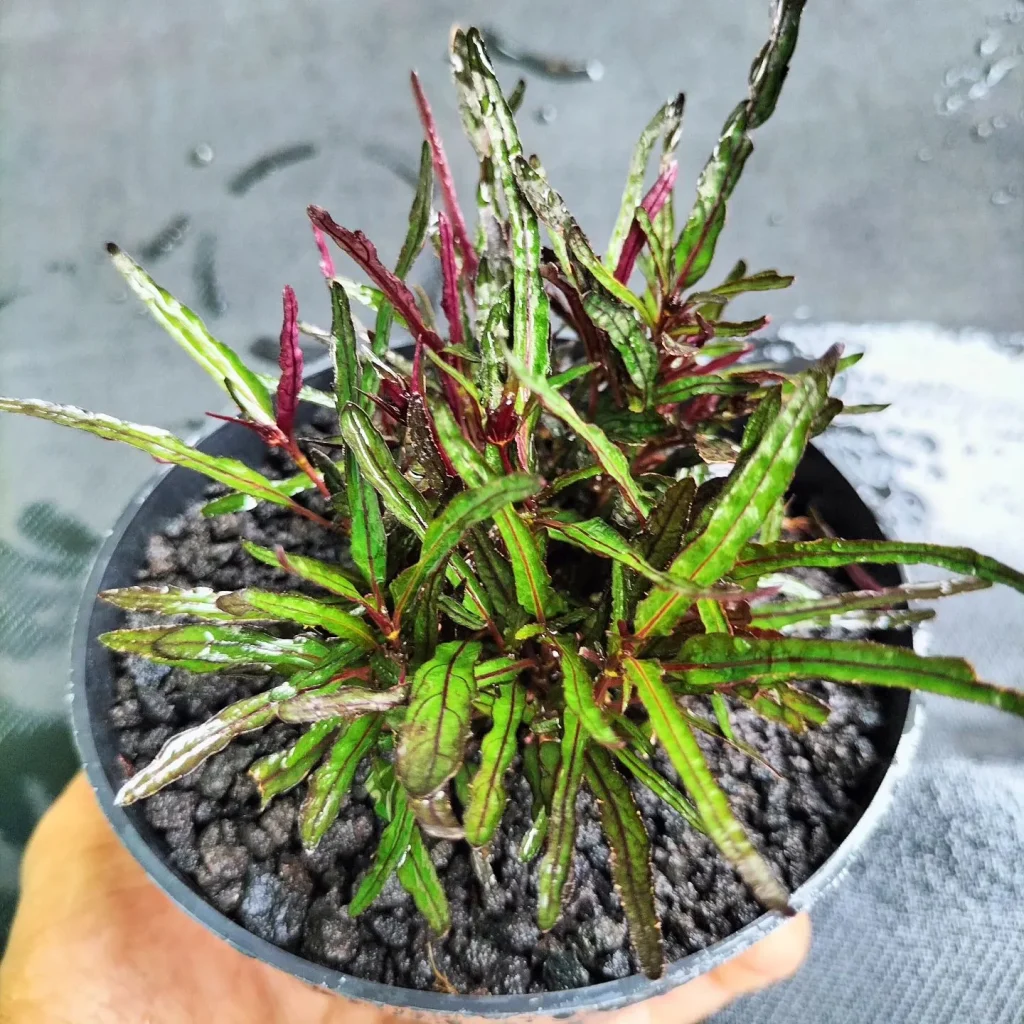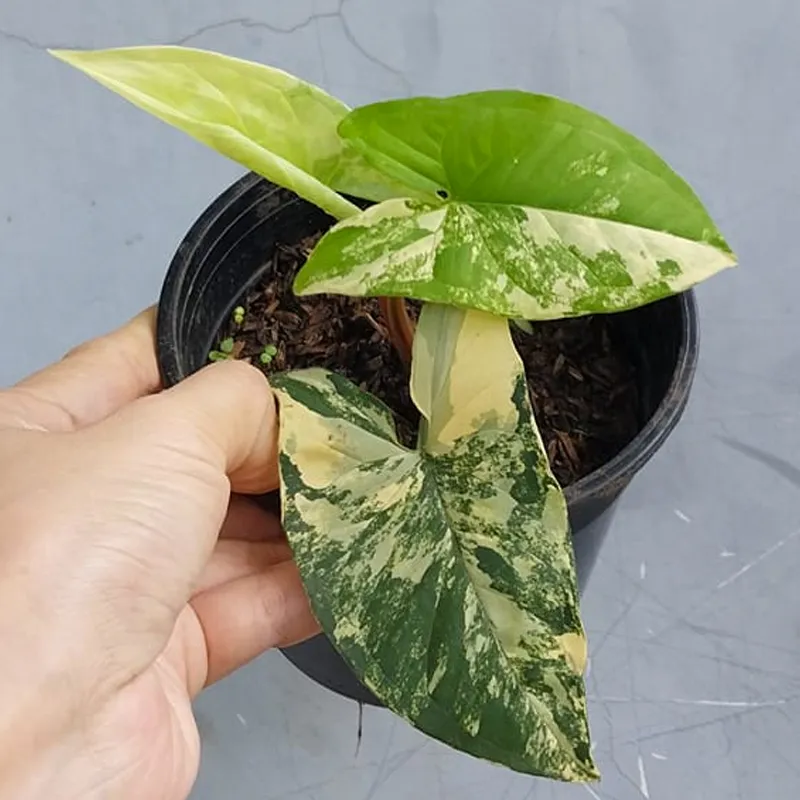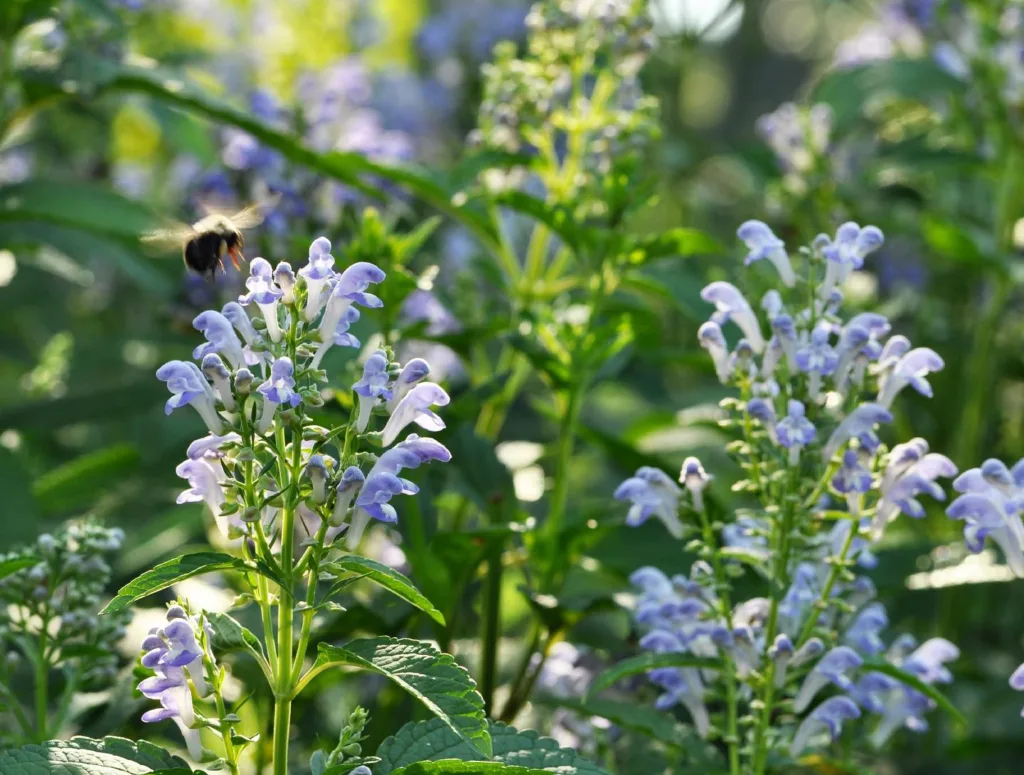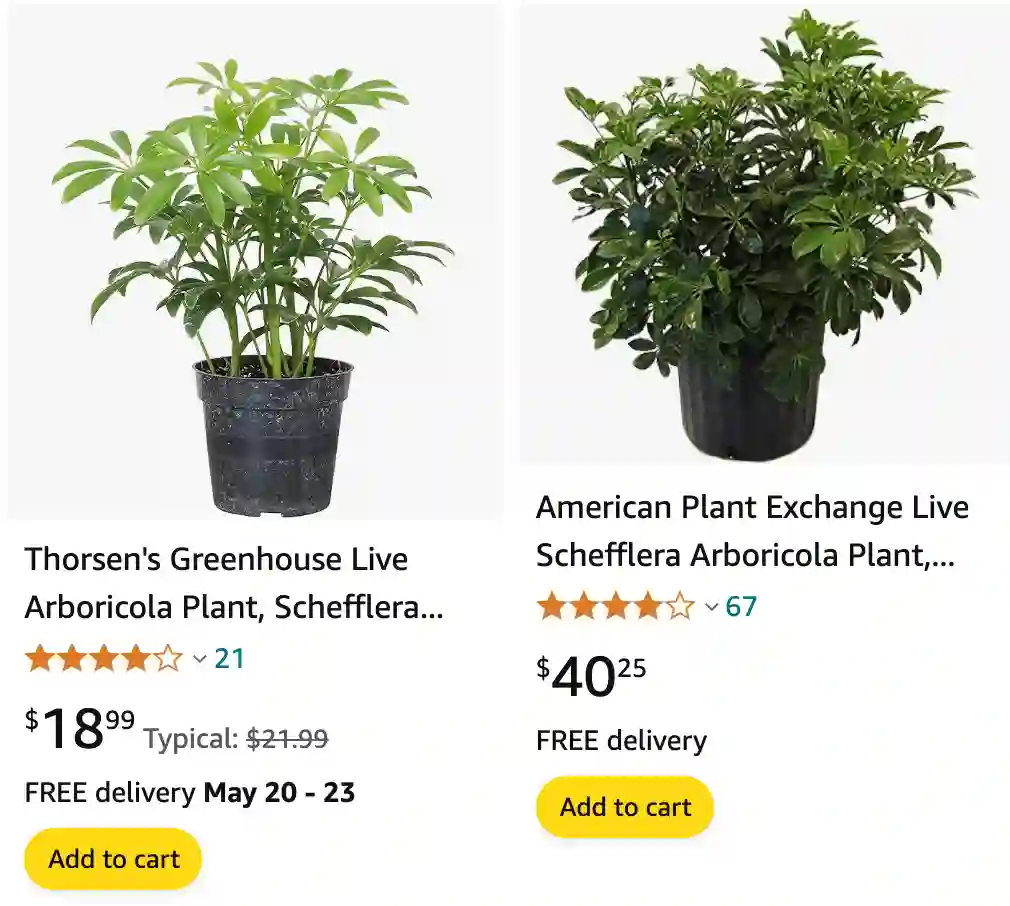
How to propagate umbrella plant?
To propagate my umbrella plant, I usually take stem cuttings in spring or early summer. I make sure the cutting has at least two leaf nodes, remove the lower leaves, and dip the cut end in rooting hormone before planting it in a well-draining soil mix. I keep the soil consistently moist and provide indirect sunlight until roots develop, usually in a few weeks.
Are umbrella plants toxic to cats?
I’ve had to be extra cautious about my umbrella plant around my cat because, unfortunately, it is toxic to them. Even though it adds a lovely touch to my indoor garden, I make sure to keep it out of reach of my feline friend to avoid any accidents.
How to care for umbrella plant?
Caring for my umbrella plant has become almost second nature to me over the years. I keep it in a bright room with indirect sunlight, water it when the top inch of soil feels dry, and occasionally mist its leaves to maintain humidity. I also fertilize it lightly during the growing season to promote healthy growth.
How to prune an umbrella plant?
Pruning my umbrella plant is a delicate process that I’ve learned through trial and error. I typically prune back any leggy or overgrown stems to encourage bushier growth, making sure to use clean, sharp scissors to avoid damaging the plant. I also remove any yellowing or dead leaves to keep it looking vibrant.
Where to cut umbrella plant for propagation?
When I propagate my umbrella plant, I usually cut a healthy stem just below a leaf node. This ensures that the cutting has enough stem to support itself and encourages new growth at the node. I make sure to use a clean, sharp knife to make a clean cut, then remove any leaves from the lower portion of the stem before planting it in soil.
Why is my umbrella plant dropping leaves?
Seeing my umbrella plant drop leaves can be concerning, but I’ve learned that it’s usually a sign of stress. This could be due to overwatering, underwatering, or sudden changes in temperature or light conditions. I try to identify the underlying cause and adjust my care routine accordingly to help my plant recover.
Are umbrella plants toxic to dogs?
I’ve heard that umbrella plants can be toxic to dogs as well, so I always make sure to keep mine indoors where my furry friend can’t reach it. While I love having greenery in my outdoor space, I prioritize the safety of my pets and opt for pet-friendly plants in my garden instead.
Can an umbrella plant live outside?
While my umbrella plant thrives indoors, I’ve never tried keeping it outside. From what I’ve read, they prefer the stable conditions of indoor environments and may not tolerate outdoor conditions very well, especially in colder climates. I’m happy to keep mine indoors where I can monitor its care more closely.
Do umbrella plants like to be root bound?
I’ve noticed that my umbrella plant seems to thrive when it’s a bit root-bound. It seems counterintuitive, but I’ve found that when I repot it into a slightly larger container, it takes some time to adjust and may even drop leaves. So, I try to only repot it when absolutely necessary and give it a bit of a squeeze to keep it happy.
Why is my umbrella plant sticky?
When I noticed my umbrella plant feeling sticky, I was a bit puzzled at first. After some research, I discovered that it’s likely due to the plant secreting honeydew, a sticky substance, as a result of pest infestation, particularly from scale insects or aphids. I treated the plant with neem oil to get rid of the pests and wiped away the sticky residue to keep my plant healthy.
If i die, water my plants!
